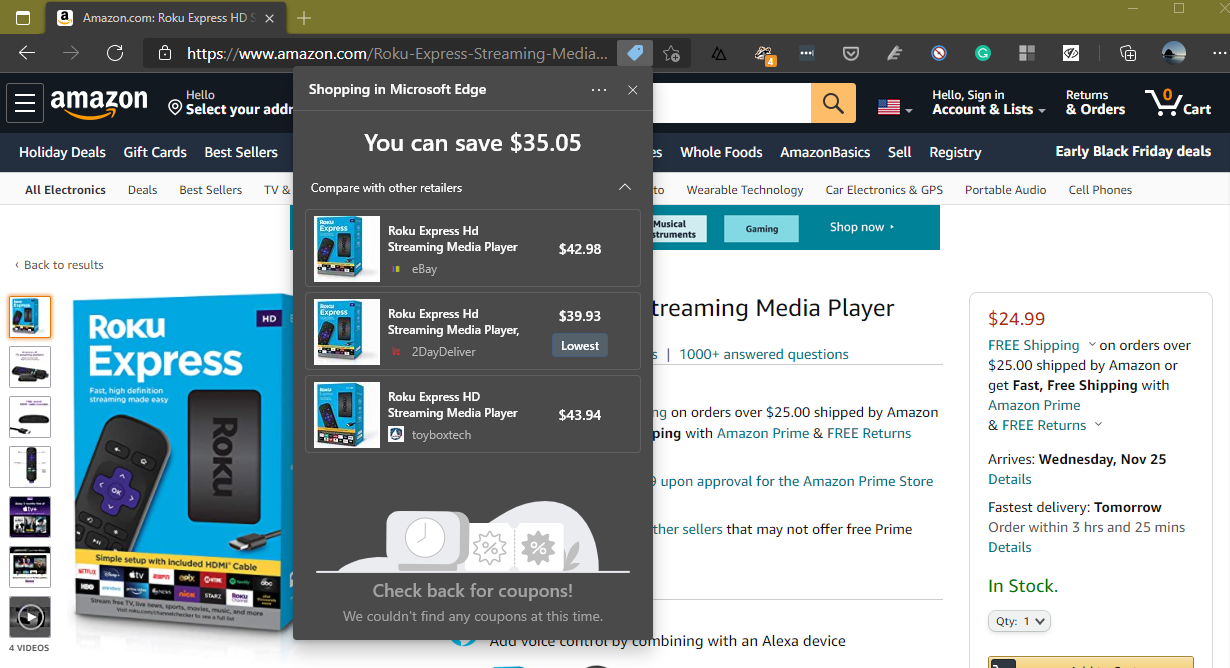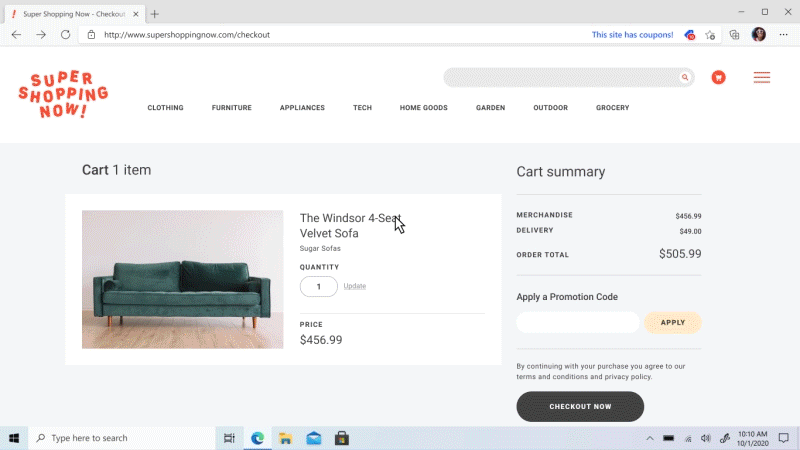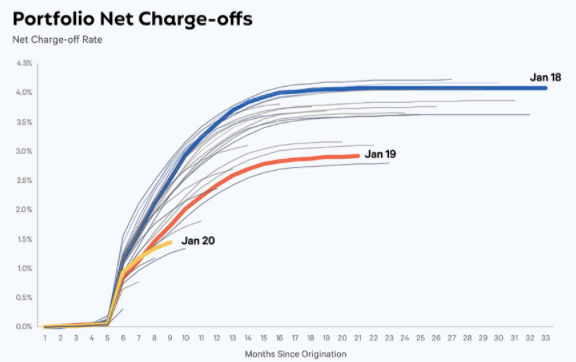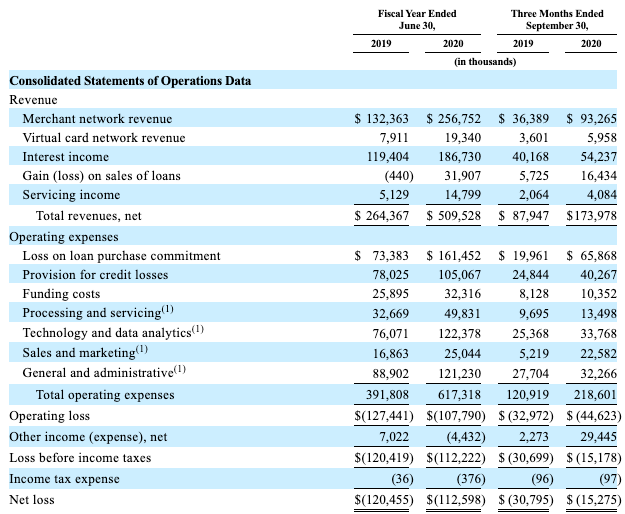Niko Bonatsos
Contributor
More posts by this contributor
I’ve long said that I don’t care where you come from, if your name is hard to say, or you have a “funny” accent. There’s a reason for that. For centuries, some of America’s biggest companies have been founded by immigrants. Beyond household names like Levi Strauss (Germany) and Elon Musk (South Africa), more than half of unicorns in the U.S. today came from the minds of scrappy entrepreneurs who were born outside the United States. This country’s economy wouldn’t be the same without them.
It’s not easy to move to a new country to join an industry or found a company. Especially not when political moods can easily shift to create new headwinds. We’ve seen this happen periodically with U.S. immigration policy and visa programs. (I am hopeful that President-elect Biden’s more positive stance will lessen those headwinds in the very near future.)
Yet, despite the challenges of being an immigrant, so many have carved their own path to success. What makes them so special? What is it about immigrants, in particular, that so often leads to such impressive founder stories? Why are they twice as likely as native-born Americans to become entrepreneurs?
The short answer is: Everything that seems to work against them ends up being a huge advantage. From political roadblocks, to cultural barriers, to market differences, immigrants have a knack for transforming challenges into strengths.
Business as unusual: Visas and perseverance
On the surface, one might think a great idea is all it takes to secure a coveted visa and launch a startup in the U.S. Sadly, for immigrants, there are several steps they need to take first (and a lot of red tape to get past). While the U.K., Germany, Canada, Chile and other countries offer straightforward startup visa options, the same can’t be said for the U.S., where plans for a similar startup visa were quashed in 2017. Further airtight immigration restrictions under the Trump administration make it extremely difficult for entrepreneurs trying to start their company in America.
It’s no secret that perseverance is key to success for anybody in any field, but foreign-born entrepreneurs have no choice but to make it part of their journey. Just look at Eric Yuan. He might not be a household name, but the China-born entrepreneur was denied a visa eight times in the 1990s before finally landing a job at WebEx and ultimately founding the $35 billion company we all know and love (and need) today: Zoom.
Time and time again, immigrants have proven their scrappiness and found a way to work within the United States’ complicated visa system. Whether they’re getting creative with student visa options, or have the sheer willpower to try again six or seven or eight times, even before starting their companies, immigrant founders often prove they have the resilience needed to overcome any obstacle.
New, foreign kid on the block
Once the visa situation is sorted out, immigrants also face day-to-day hurdles. For starters, founders who graduated from an unknown college in another country have an uphill battle trying to establish their own reputation and attract VC attention over more “prestigious” competitors. On top of that, immigrants today tend to be on the younger side (nearly 50% are Gen Z or millennials), so they immediately have to deal with doubters who question their maturity. Another reason why being extra-tenacious from the get-go is nonnegotiable.
Language is perhaps the biggest hurdle for immigrant founders. Anyone with an accent knows what it’s like to get funny or confused looks during basic interactions: ordering food, getting directions, finding the bathroom. Oh yeah, and raising millions of dollars in venture funding.
On the bright side, nonnative speakers quickly develop empathy and a deep appreciation for how others live. Europeans, in particular, have traditionally emphasized foreign language education more than Americans, and their proximity to other countries instills a multinational attitude from an early age. Given their life experiences and global network of contemporaries and mentors, immigrant founders have a worldview that helps them think outside the box, challenge the status quo and stand out in a new country.
If you can make it here, you can make it anywhere (and vice versa)
Sure, a unique work ethic and diverse perspective are great differentiators. But what does that really have to do with growing a company? While many immigrant founders may have the “it factor” that grabs investors’ initial attention, the key to success is translating that worldview into business savvy.
Entrepreneurs from large economic players like China, Germany or India have the advantage of growing up in a fairly typical global market — the lessons learned there can loosely be applied to startup scenes in similar markets like the U.S. Luckily, coming from a small country also has its perks. Namely, a unique idea that starts in a smaller market will have plenty of room to grow in a new, bigger country.
Rappi has brought an untapped delivery app model from Bogotá to stores and customers throughout South America, and Amsterdam-based communications platform MessageBird recently joined Europe’s list of unicorns with a massive funding round to help expand its presence across continents. The Bay Area doesn’t always solve all the world’s tech problems. Quite often, there’s someone with a greater worldview (an immigrant founder) who’s noticed a market hole and is already building its solution on the other side of the world.
COVID-19 has made Silicon Valley totally borderless, as VC networking and meetings can now all be done anywhere in the world. While that has leveled the playing field in some ways, it gives immigrant “underdogs” an unexpected leg up. All of a sudden, that brilliant team from the Czech Republic can collaborate, expand and scale its business from across the world.
These days, no idea is too niche for a small- or large-market immigrant founder. As long as they continue turning challenges into opportunities, immigrants will always find a way to overcome the odds and get their startup off the ground. Now that we’re living in an ever more global world, there will need to be more advocacy for taking politics out of policy if the goal is for that will, that grit and that ingenuity to prosper into potential billion-dollar startups here in the U.S.












